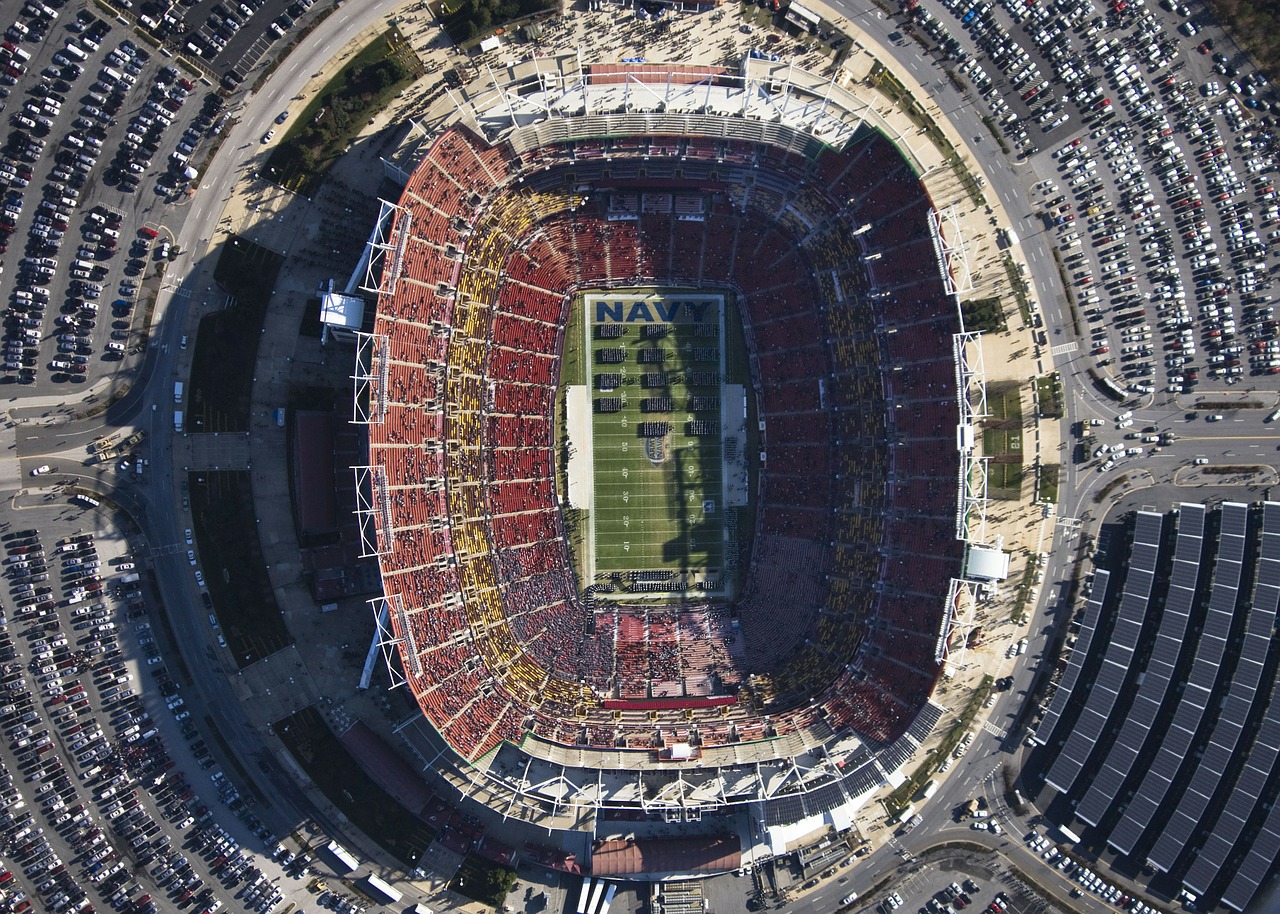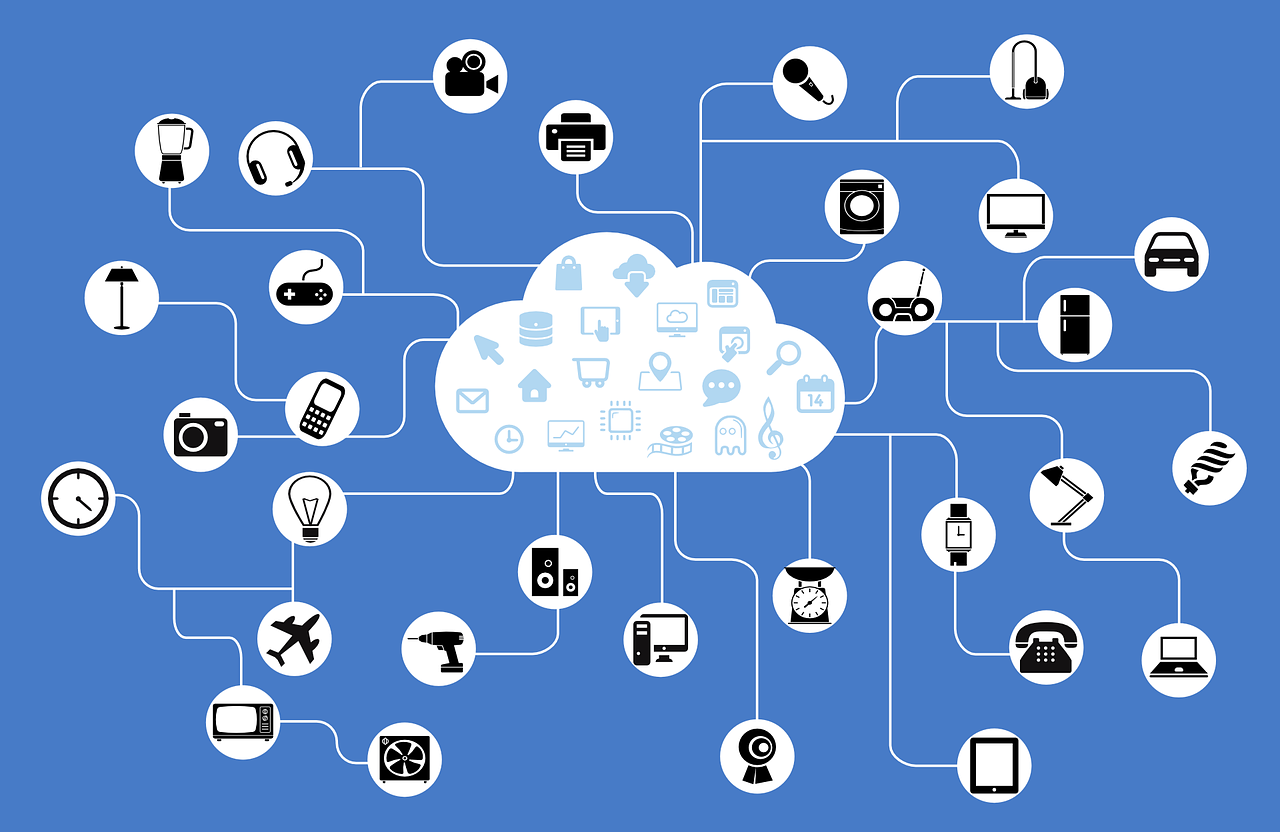It is projected that in the future, each one of us will have 26 connected devices that will generate enough data for running a connected business. When you enter a sports venue, the general categories of connected devices start to become obvious. These can divided into two – mobile devices and arena IT devices.

There are several devices in sports arenas, both fan and business, that are either already connected or can be connected via the internet. These include smart signage solutions, crowd monitoring and control probes, WiFi hot-spots, connected self service/vending machines, and much more. But these devices aren’t necessarily connected to the business. But why is that so?
And how does one construct a perfectly connected arena that works towards fulfilling consumer demands and generating profits? The answer lies in integration.
Success Formula
- Integration of the sports venue’s entire management system is the key to making all the connected technologies work in tandem to deliver measurable business results. As an example, if your management doesn’t display the right promotional Ad on a smart digital sign based on the venue’s performance, product availability and the amount of fans in the proximity of the signage, then we are not maximizing the investment or the opportunity either.
- As per experts in the field of IoT devices, sports arenas require an integration gateway that can draw out all of the data streams and feed them to a single database, and then transfers back controlling data to the IoT devices.
- But can you do it all on your own? You may be an expert but will run into roadblocks soon often than not. You will be multitasking (seating construction designs, player stats systems, etc.). It is advisable to hire professionals in the field of IoT integrated solutions, hardware, software, infrastructure and more. This can be a game-changer for your business.
- If you are going to build a futuristic sports arena, this is the right time to invest in Integration Platform As A Service (iPaas) which is a set of cloud-based tools that enables you to deploy, manage, govern and integrate applications and services.
- Avoid spending time and resources on trying to build connected infrastructure yourself because you do not, at moment, have all the technology require. Most of the technology you need hasn’t been developed yet.
- Picking the right vendor for building your connected infrastructure is one of the most crucial aspects of this venture.
- Choose your technology wisely. It is a well known fact that every venue upgrades its technology, including internet bandwidth, every once in a while. This is because our technological and social needs are changing every day. You will require your technology to serve you well even 25 years down the line. If it cannot perform that long, you may have to sell your venue by the next decade. Strong WiFi connections, expandable bandwidth, long lasting seating arrangements, modular venues, etc. are technologies that need due consideration.
Conclusion
There are many more things you can do to make your venue suitable enough to survive a silver jubilee and outperform the rest.

Your connected sports venue will help advance other infrastructure. Its ripple effects may build a path towards a realizing a fully interconnected region, town or a city.
